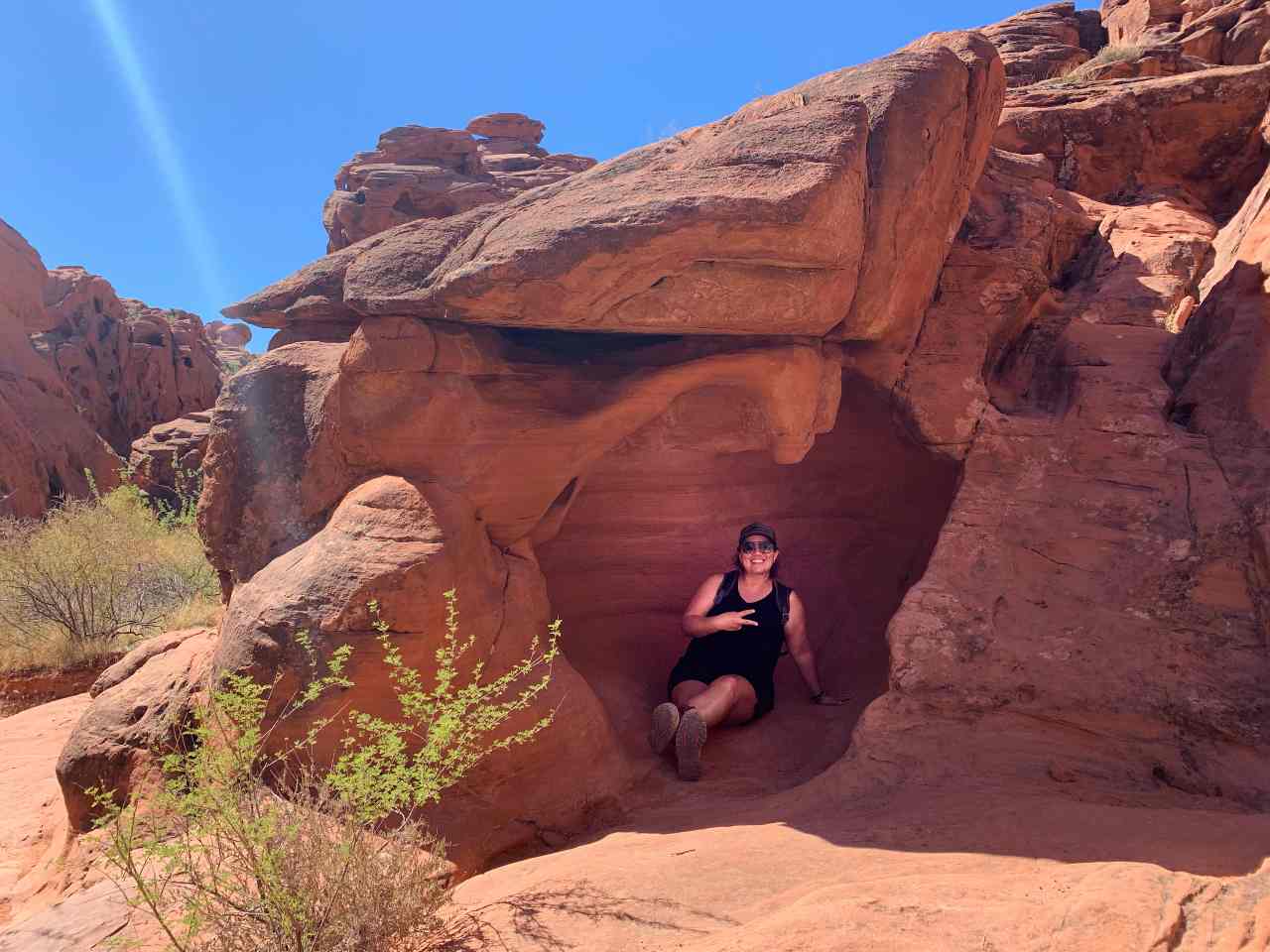Secrets Of Nevada’s Valley Of Fire Formations

Have you ever wondered what makes Nevada's Valley of Fire so mesmerizing? This stunning state park, located just an hour from Las Vegas, is famous for its unique rock formations and vibrant red sandstone. These natural wonders, formed over millions of years, create a landscape that looks like it's straight out of a science fiction movie. From the iconic Elephant Rock to the mysterious Fire Wave, each formation tells a story of ancient geological processes. Whether you're a hiker, photographer, or just someone who loves nature, the Valley of Fire offers something for everyone. Ready to learn more about these incredible formations? Let's dive in!
Secrets of Nevada's Valley of Fire Formations
Nevada's Valley of Fire State Park is a geological wonderland. The park's name comes from its fiery red sandstone formations, which seem to blaze under the sun. These formations have been sculpted by wind and water over millions of years, creating a landscape that feels almost otherworldly. Let's uncover some of the most fascinating formations in this stunning park.
The Beehives
The Beehives are a series of sandstone formations that resemble giant beehives. Their unique shape is due to a geological process called cross-bedding, where layers of sand are deposited at an angle.
- The Beehives: These formations look like giant beehives, with their rounded, layered appearance. Cross-bedding creates the distinct lines that wrap around each "hive."
Elephant Rock
Elephant Rock is one of the most iconic formations in the Valley of Fire. As the name suggests, it looks remarkably like an elephant.
- Elephant Rock: This formation resembles an elephant with a long trunk. It's a popular spot for photos, especially at sunrise or sunset when the light enhances its features.
Arch Rock
Arch Rock is a natural arch that has been carved out of the sandstone by wind and water erosion. It's a testament to the power of natural forces over time.
- Arch Rock: A stunning natural arch formed by erosion. The arch is a perfect example of how wind and water can shape the landscape over millions of years.
Fire Wave
The Fire Wave is a swirling mass of red, pink, and white sandstone that looks like a frozen wave. It's one of the most photographed spots in the park.
- Fire Wave: This formation looks like a wave frozen in stone, with swirling patterns of red, pink, and white. It's a must-see for photographers and nature lovers alike.
Atlatl Rock
Atlatl Rock is famous not just for its geological features but also for its ancient petroglyphs. These rock carvings offer a glimpse into the lives of the people who lived here thousands of years ago.
- Atlatl Rock: Known for its ancient petroglyphs, this rock formation also offers a great view of the surrounding landscape. The petroglyphs depict scenes from the lives of the ancient inhabitants of the area.
Seven Sisters
The Seven Sisters are a group of seven tall, red rock formations that stand in a row. They are remnants of an ancient rock formation that has been eroded over time.
- Seven Sisters: These seven towering rocks are all that remain of a once larger formation. Erosion has left these striking pillars standing in a row.
White Domes
White Domes is an area of the park known for its contrasting colors and unique rock formations. The white sandstone domes stand out against the red rocks that surround them.
- White Domes: This area features striking white sandstone domes that contrast beautifully with the surrounding red rocks. It's a great spot for hiking and photography.
The Cabins
The Cabins are historic stone structures built by the Civilian Conservation Corps in the 1930s. They offer a glimpse into the park's more recent history.
- The Cabins: These stone cabins were built in the 1930s and offer a peek into the park's history. They are a great spot to rest and take in the views.
Rainbow Vista
Rainbow Vista offers panoramic views of multicolored rock formations. It's a great spot for hiking and photography, especially during the golden hours of sunrise and sunset.
- Rainbow Vista: This viewpoint offers stunning panoramic views of the park's multicolored rock formations. It's a perfect spot for capturing the beauty of the Valley of Fire.
Mouse's Tank
Mouse's Tank is a natural rock basin that collects rainwater. It's named after a Southern Paiute Indian who used the area as a hideout in the 1890s.
- Mouse's Tank: This natural rock basin collects rainwater and is named after a Southern Paiute Indian who used it as a hideout. The area also features petroglyphs along the trail leading to the tank.
Embrace the Wonders of Valley of Fire
Nevada's Valley of Fire offers stunning rock formations, rich history, and vibrant colors. Exploring this natural wonder provides a unique experience, from the fiery red sandstone to ancient petroglyphs. Hiking trails like the Fire Wave and White Domes reveal breathtaking views and hidden gems. Wildlife sightings add to the adventure, making each visit memorable.
Planning a trip here means preparing for the desert climate. Bring plenty of water, wear sun protection, and start early to avoid the midday heat. Respect the natural environment by staying on marked trails and not disturbing the wildlife.
Valley of Fire is a must-see destination for nature lovers, photographers, and history buffs. Its beauty and mystery captivate all who visit. Make sure to add this incredible park to your travel list and experience the magic for yourself.

